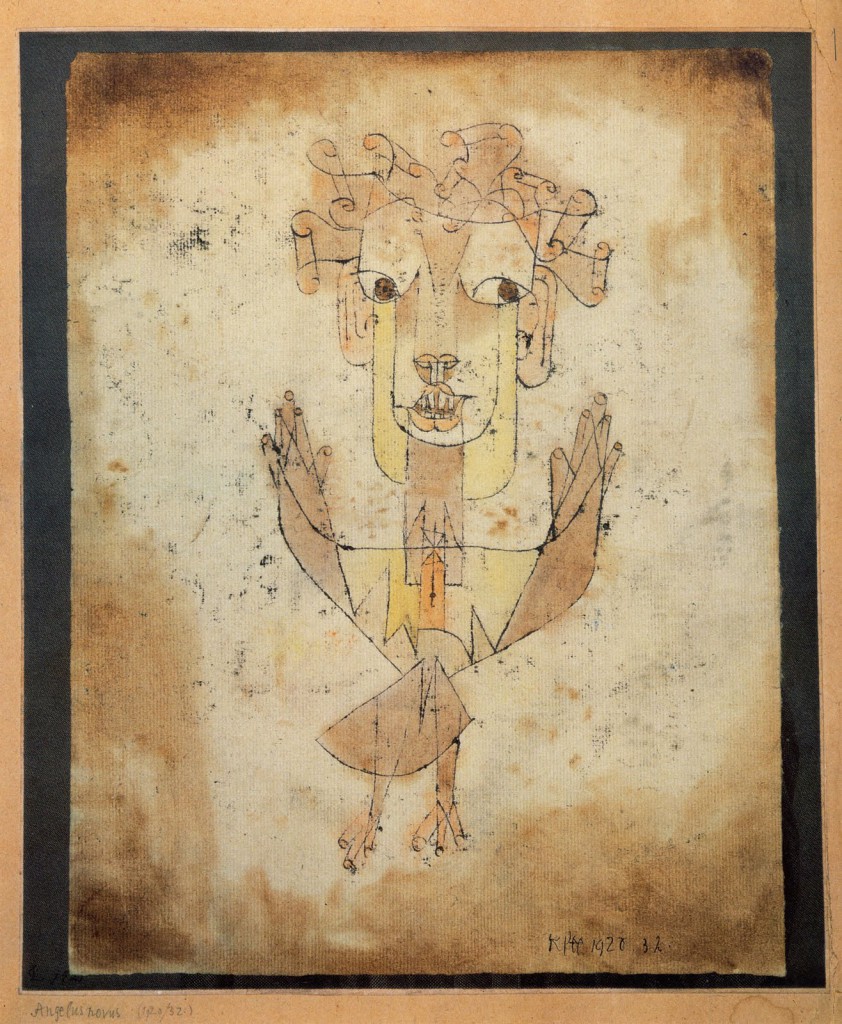“In a society in which material wealth is the form of social wealth, increased productivity results either in a greater amount of wealth or in the possibility of a corresponding reduction in labor time. This is not the case when value is the form of wealth. Because the magnitude of value is solely a function of the socially-average labor time expended, the introduction of a new method of increasing productivity only results in a short-term increase in value yielded per unit time – that is, only as long as socially-average labor time remains determined by the older method of production. As soon as the newer level of productivity becomes socially general, the value yielded per unit time falls back to its original level. Thus, because the form of wealth is temporally determined, increased productivity only effects a new norm of socially-necessary labor time. The amount of value yielded per unit time remains the same. The necessity for the expenditure of labor time is consequently not diminished, but is retained. That time, moreover, becomes intensified. The productivity of concrete labor thus interacts with the abstract temporal form in a manner that drives the latter forward while reinforcing the compulsion it exerts on the producers. The value-form of wealth is constituted by and, hence, necessitates, the expenditure of human labor time regardless of the degree to which productivity is developed. The treadmill effect just outlined is immanent to the temporal determination of value. It implies a historical dynamic of production that cannot be grasped when Marx’s “law of value” is understood as an equilibrium theory of the market and when the differences between value and material wealth, abstract and concrete labor, are overlooked. That treadmill dynamic is the initial determination of what Marx developed as central to capitalism: capitalism necessarily must constantly accumulate to stand still. The dynamic becomes somewhat more complicated when one considers capital – “self-valorizing value.” The goal of capitalist production is not value, but the constant expansion of surplus value – the amount of value produced per unit time above and beyond that required for the workers’ reproduction. The category of surplus value not only reveals that the social surplus is indeed created by the workers, but also that the temporal determination of the surplus implies a particular logic of growth, as well as a particular form of the process of production.”
Source: Postone and Brick (1982) Critical Pessimism and the Limits of Traditional Marxism, Theory and Society, 11 (5) 636.
